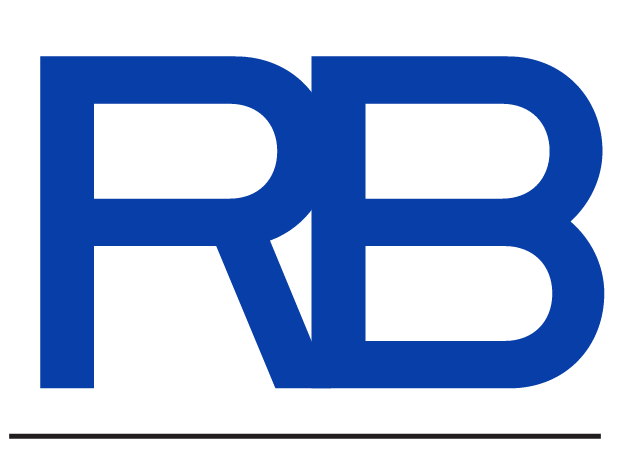In 2025, the rise of vibe coding has fundamentally reshaped the landscape of product management and tech entrepreneurship. By leveraging AI-driven natural language programming, vibe coding empowers individuals—regardless of technical expertise—to transform ideas into functional software. This paradigm shift is democratizing innovation, enabling aspiring founders to create Minimum Viable Products (MVPs) that validate ideas, attract co-founders, and secure funding with unprecedented speed and simplicity.

What Is Vibe Coding?
Coined by Andrej Karpathy earlier this year, vibe coding refers to a development methodology where users describe their goals in plain language, and AI generates the underlying code. Unlike traditional programming, which requires mastery of syntax and frameworks, vibe coding shifts the user’s role to that of a director or curator. The AI handles implementation details while the user focuses on defining outcomes and refining functionality.
For example:
- Instead of writing SQL queries or configuring databases manually, you might type: “Build a social media dashboard that tracks engagement metrics.”
- The AI generates the necessary code, sets up the database schema, and even integrates real-time analytics tools—all within minutes.
Platforms like Replit and Lovable have embraced this approach, offering tools that enable complete app generation from simple descriptions. These platforms handle everything from database configuration to deployment, reducing friction for non-technical creators.
Why Vibe Coding Is a Game-Changer
The implications of vibe coding extend far beyond convenience. By lowering the technical barrier to entry, it unlocks opportunities for a broader range of innovators to participate in tech entrepreneurship. Here’s how:
1. Democratizing Software Development
Vibe coding eliminates the steep learning curve traditionally associated with programming. Aspiring entrepreneurs no longer need years of coding experience to bring their ideas to life. This accessibility is particularly impactful for underrepresented groups in tech who may lack formal training but possess valuable perspectives and ideas.
2. Accelerating MVP Development
Speed is critical for startups aiming to test hypotheses and iterate quickly. Vibe coding enables rapid prototyping by automating repetitive tasks like setting up APIs, configuring databases, or debugging errors. Founders can focus on validating their core value proposition rather than getting bogged down in technical details.
3. Reducing Costs
Building an MVP typically requires hiring developers or outsourcing work—an expense that can be prohibitive for early-stage founders. With vibe coding, individuals can achieve similar results independently or with minimal technical support, significantly reducing upfront costs.
4. Enhancing Collaboration
By simplifying the development process, vibe coding fosters better collaboration between technical and non-technical stakeholders. Product managers, designers, and marketers can actively contribute to app development without needing to translate their ideas into technical specifications.
Real-World Applications of Vibe Coding
The potential of vibe coding is already being realized across various domains:
- Startups: Early-stage founders are using vibe coding to quickly build MVPs that demonstrate proof-of-concept to investors.
- Product Teams: Agile teams leverage vibe coding for rapid experimentation, enabling faster iterations on features.
- Hackathons: Participants use vibe coding platforms like Replit to create functional prototypes within hours instead of days.
- Social Impact Projects: Nonprofits and community organizations are building tools tailored to their specific needs without relying on expensive custom development.
For instance, during a recent livestream hosted by Lovable and Supabase, developers built a fully functional event management app in just over an hour using vibe coding principles. The process included automated database setup, real-time updates, and seamless error handling—all guided by natural language commands.
Challenges and Limitations
While vibe coding offers transformative benefits, it’s not without its challenges:
- Code Quality: AI-generated code may lack optimization or introduce inefficiencies that require manual refinement.
- Debugging Complexity: When errors arise, understanding and resolving them can be difficult without foundational programming knowledge.
- Scope Creep: The ease of adding features can lead to over-complication if not managed carefully.
These limitations highlight the importance of maintaining oversight during the development process. As Simon Willison aptly noted: “If you don’t understand your AI-generated code at all, you’re not leveraging it effectively—you’re just outsourcing responsibility.”
The Future of Vibe Coding
As AI models continue to advance, the capabilities of vibe coding are expected to expand:
- Domain-Specific Expertise: Future platforms will integrate industry-specific knowledge, enabling tailored solutions for healthcare, finance, education, and more.
- Seamless Collaboration: Enhanced tools will allow multiple users—technical and non-technical alike—to co-create applications in real time.
- End-to-End Automation: From ideation to deployment, AI will handle every aspect of app development with minimal human intervention.
This evolution positions vibe coding as more than just a trend—it’s a fundamental shift in how we approach software creation.
Conclusion: A New Era for Innovators
Vibe coding is not just a tool—it’s a movement that’s redefining who gets to innovate in tech. By breaking down barriers to entry, it empowers product managers and entrepreneurs to focus on what truly matters: solving problems and delivering value. As this technology matures, it holds the potential to unlock a wave of creativity from individuals who were previously excluded from software development due to technical constraints.
For aspiring founders looking to validate ideas or seasoned product managers seeking faster iteration cycles, vibe coding represents an unprecedented opportunity. The future isn’t just about writing code—it’s about shaping ideas into reality with nothing more than your vision and your words.
